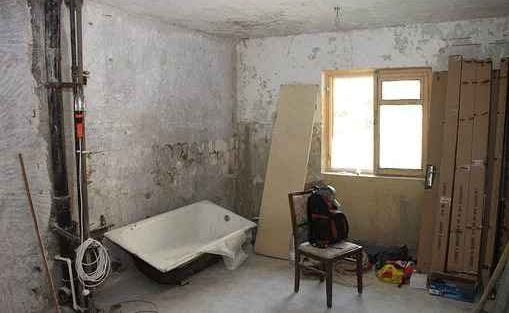Last updated on March 27th, 2024 at 10:19 pm
Deciding the best way to care for our seniors can feel like navigating a complex maze with a blindfold on, to put it mildly. After all, you want to provide loved one with the best care and assistance possible. However, you may not be able to strain your finances as much as you’d like to so you’re trying to find a perfect balance between the two. On one hand, in-home care offers the comfort of familiar surroundings, while on the other hand, assisted senior living provides a community setting with full-time support.
It’s a decision that weighs heavily on many families and to help ease that load, let’s delve into the advantages and disadvantages of each option. So sit back, and let’s find out more about what these care options have to offer and perhaps help you decide what to do next.
Table of Contents
Understanding in-home care
When we discuss in-home care, the essence of it revolves around personalization and independence. Seniors who opt for in-home care get to stay where their heart is – home. Staying at home means being surrounded by memories, personal possessions and the freedom to maintain a day-to-day routine. It’s also tailor-made, which means care schedules and services are adjusted to meet the individual’s specific needs. However, adapting a home to be safe and accessible can sometimes be costly, depending on the modifications needed. In addition, securing reliable in-home care requires managing schedules and ensuring caregivers are a good match for your loved one.
While in-home care holds the advantage of comfort and familiarity, it is important to consider the potential for social isolation, especially if the senior is living alone. With companionship being a cornerstone of mental health, in-home caregivers often fulfill roles beyond basic care, engaging in conversations, games and outings. This aspect can influence a senior’s overall happiness and quality of life, making the choice of caregiver not just a health decision, but a social one as well.
The financial angle of in-home care
The costs of in-home care vary greatly based on services required and hours of care per week. It might seem cost-effective at first glance, especially if care needs are minimal. But, as needs increase, so does the cost, which can quickly add up, stretching the family budget beyond the limits what was initially planned for. One silver lining is the possibility of insurance coverages, like long-term care insurance, and various assistance programs that can offset some of the expenses. But everything depends on specific circumstances in the end. Financial planning for in-home care also involves considering hidden or unexpected costs that can arise.
For instance, emergency medical situations or the sudden need for additional care or specialized equipment can lead to unanticipated expenses. Families should ensure there is flexibility in their budget to cover such incidents and consider seeking financial advice to establish a contingency fund as a buffer against such sudden expenses.
Exploring assisted senior living
Transitioning to an assisted living facility is a significant change that comes with its own set of benefits. These facilities offer a “community” vibe, where seniors can socialize with peers, which is a boost to mental health and well-being. Assisted living also provides peace of mind, with professional staff available around the clock for any needs that arise regardless if they are medic or social in nature. You can find out more about such services online, just so you can get a better picture of what’s involved.
Residents also have access to a range of amenities from dining services to health and wellness programs, fostering an active and engaging lifestyle. However, this comes with a cost and for many families, the price tag of assisted living is a major consideration. Again, even assisted living facility costs can be reduced with the help from insurance, provided you have the right coverage, to begin with.
Weighing the financial side of assisted living
Understanding the financial implications of assisted living is crucial. There are usually upfront costs involved, such as entrance fees, in addition to monthly costs that cover housing, care and amenities. These costs can vary widely based on location, type of facility and level of care needed. Planning for these expenses requires a careful look at finances and considering how it fits into long-term financial planning.
Making the choice that’s right for you
Choosing between in-home care and assisted living isn’t straightforward. It involves matching the care needs and desires of your loved one with the right environment and support system. Critical to making an informed decision is assessing not just the immediate needs but predicting future care requirements as well. Conversations with family members, coupled with professional advice from healthcare providers, can provide valuable insights. Through open dialogue and comprehensive research, the path towards the best care option can become a little clearer.
Ultimately, whether opting for the personal touch of in-home care or the community-centric approach of assisted living, the goal remains the same: ensuring a safe, comfortable, and fulfilling life for our seniors as they navigate their golden years.
Related Articles:
Low-Maintenance Rock Garden Plants for Busy Gardeners
Natural Ways to Prevent Hairy Spider Infestations in Your Home







